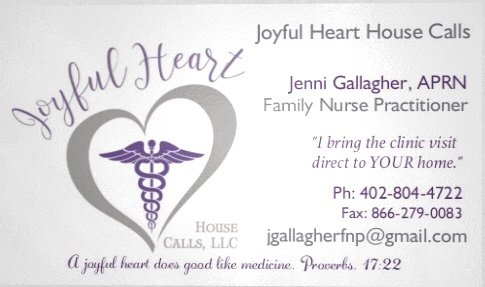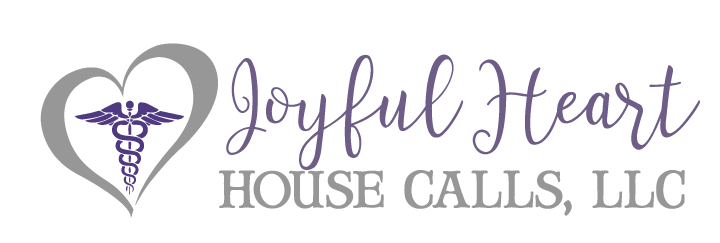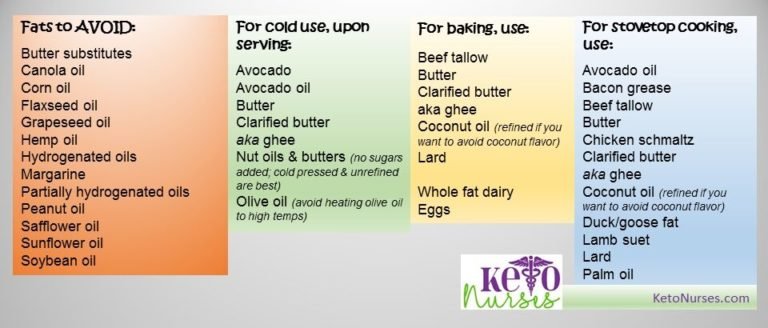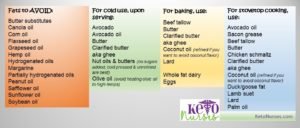As nurses, one of our best attributes is helping people learn; we love to teach people how to take better care of themselves. Hospital nurses spend hours providing discharge education; home health nurses thrive on sharing that one little secret tip that gives homebound patients a brighter day. Clinic nurses have reams and reams of printed materials they distribute and review with patients on a daily basis.
As a board certified family nurse practitioner, I want to give each of you the real, down-to-earth tidbits to get you started on the best and healthiest journey of your life!!
First, take stock of where you are in your health. What symptoms or illnesses or health conditions do you have? What would you MOST like to get rid of? It is important to start right where you are, or you really won’t know where you are heading. I always suggest a diary or journal for starters. A written record not only records where you are RIGHT NOW, but as time goes forth, it will be a boost to your ego and a record of just how far you’ve come. In your journal, include some of your disease markers: your blood pressure, your weight, your waist circumference, your thigh & upper arm circumferences, your hemoglobin A1c, your cholesterol and triglycerides/HDL numbers, and even your BUN & creatinine or your liver enzymes.
It depends on your health care provider’s policies if they will provide you with an actual copy of your results; many clinics now offer online patient portal access. If you haven’t signed up previously, now might be a good time to do so. Record the names of any medications AND the doses you take. As your LCHF journey progresses, you will find that your health care provider will be reducing your doses AND medications. Write down how you feel about your conditions and medications; your feelings and thought processes are important. Take photos if possible and add them to your journal; even a selfie in the bathroom mirror will provide enough evidence once the inches fall away. Once you have your current health status recorded, you are truly READY to begin a whole new journey to improved health with FEWER risk factors than ever before thought possible.
Now that you have prepared your history, it is time to plot your agenda. Rather than focus on the foods you can’t have, I propose that you start by ADDING fats to your current way of eating (WOE). Healthy fats include fats closest to natural states; butter, bacon or side meat grease is a great seasoning that we all relinquished when the heart experts said it was so bad for us. But, guess what??! It’s not bad! Start saving your bacon grease and use it to season vegetables or add to hamburger meat dishes. We make a bacon-cheeseburger meatloaf sometimes, and we add bacon grease to increase the bacon flavor. Add good, healthy butter to veggies and meats. I usually recommend consuming AT LEAST half a stick of butter every day; half a stick is about half the fats needed in a day. When you have that potato (for now – you can have it; we are just getting started, remember?), LOAD that puppy up with cheese, butter, FULL-FAT sour cream, and bacon chips… real chips… from bacon YOU actually cooked. Eat more avocadoes, guacamole, coconut oil, and olive oils. I use a LITE olive oil more often than the extra virgin olive oil (EVOO). Lite olive oil tastes less strong and less like olives. EVOO has a much stronger olive flavor than I like.
Find a bulletproof or fatty coffee (BPC) recipe you like; bulletfproof coffee began as a real brand of coffee, but we low-carbers, have adapted it to mean a coffee loaded with fats – that keeps you “bulletproof” for the day. Bulletproof just means that you won’t be starving all day; your body won’t feel hungry and you won’t feel like you are starving yourself or depriving yourself of anything. I usually have 1 slice of bacon, 1-2 eggs, and BPC for breakfast every day. I usually don’t get hungry until 2-3pm most days – and it’s ALL because of the high fat content in my meal & BPC. I use a BPC recipe that uses coconut oil, Kerrygold butter, unsweet almond milk, and sugar-free coffee flavorings like the fancy baristas use in the fancy coffee shops. I will say that it took me a while to find the right recipe for me; first, I don’t even LIKE coffee… no, I really don’t! My hubby started bringing me a cup many years ago, on very cool mornings to help me “warm up.” So now, it’s just a habit. And I do LIKE my BPC for more than just the flavor! It keeps me satisfied and prevents me from getting the “munchies”. Therefore, I eat less! However, note that fatty coffee is NOT necessary at all; if you don’t like coffee, just skip it.
Back to finding the right recipe… I like coconut, but I didn’t like it in my coffee; I had to keep tweaking amounts to find the right balance of coconut oil, butter, and milk. And you will need to be patient too. It probably took me about 2 weeks of trial and error to be quite happy with my recipe. There are hundreds of recipes out there, and you can make it many different ways; the key is to be sure it contains plenty of fats; no matter what I tweak, I always use at least 1 tablespoon of coconut oil and 1 tablespoon of butter. Many of the BPC recipes I found early on contained cinnamon; I just couldn’t get used to that flavor. Finding a BPC or bulletproof tea you like will make a TON of difference in the amount of hunger you experience and the perceived need for snacking. Homework assignment number 1 from the KetoNurses: find a BPC or BPT and start drinking!
The next step in learning to eat low carb, high fat is to start reading labels… and I mean REALLY reading labels. I had a patient tell me just a few days ago that Cheerios had 0 carbohydrates. Bless his heart! I pulled up a pic online of the label; he finally realized he was reading the wrong line! It had 0 FATS!! We both enjoyed a good laugh over his mistake, but he learned a LOT that visit. Pay close attention to serving sizes. Try measuring out a few things, just to see what the serving size recommended really is. Then pour out your regular serving size and measure YOUR serving. Many cereal labels recommend as little as a ¼ cup for 1 serving. Did you realize that ¼ cup is actually ONLY 2 ounces? Other labels claim that ½ cup is a serving; that’s only 4 ounces. And all the nutrition information listed is PER SERVING. So, let’s take the Cheerios label I pulled up for the patient the other day; that label said 1 cup – 8 ounces of cereal is 1 serving. That one serving contains 20 grams of carbohydrates. And then you add low-fat milk, which is the HIGHEST carbohydrate content of all milks, you have downed your entire day’s carbohydrate content in one little and very UNSATISFYING meal!
See what we are talking about? For the past 60+ years, we have been told by “experts” that we should eat LOW fat foods; but eating low fat means that companies began producing all kinds of high-sugar foods that were touted as “healthy” or “heart-healthy”. Think about the rates of heart disease and diabetes back in the 1920s; it was almost non-existent. Why? People didn’t eat all the processed and refined carbs and sugars we have available today; they also WORKED much harder and burned off the carbs they DID consume. Those people ate TONS of higher fat foods; they used lard all the time. Most of the deaths back then were actually due to infections for which we had no antibiotics and cancers that had no treatments developed. Think about all the native cultures; go back and do some research into the Inuit of the Artic North or the Maasai people of Kenya, Africa. These native populations ate very HIGH fat diets for thousands of years and never had incidence of heart disease. They only consumed fresh vegetables and fruits they found “in season” and rarely farmed or raised plants for foods. Researchers report these native groups actually consumed approximately 80 – 90% of their daily intake from fats and fatty proteins.
In summary, today’s entry is intended to help you embark on a new, healthier, thinner YOU! Start where you are. Record vital information. Start drinking BPC or BPT daily. Increase natural fats in all your meals.
Feel free to share some of your stories and photos on our Facebook page, KetoNurses. We would LOVE to help you become a BETTER you!!!!!
